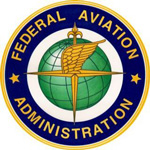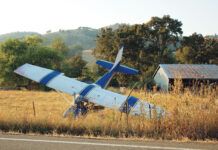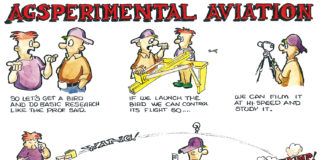 The Aircraft Electronics Association issued a press release on June 1 confirming that the FAA had published the ADS-B final rule on May 28. This final rule establishes equipage and airspace requirements and performance standards for Automatic Dependant Surveillance-Broadcast (ADS-B) Out, which by 2020 will be required for aircraft operating in airspace now requiring a transponder.
The Aircraft Electronics Association issued a press release on June 1 confirming that the FAA had published the ADS-B final rule on May 28. This final rule establishes equipage and airspace requirements and performance standards for Automatic Dependant Surveillance-Broadcast (ADS-B) Out, which by 2020 will be required for aircraft operating in airspace now requiring a transponder.
Operators will have two options for equipage under this rule: the 1090 megahertz (MHz) extended squitter (ES) broadcast link or the Universal Access Transceiver (UAT) broadcast link. Generally, this equipment will be required for aircraft operating in Classes A, B and C airspace, certain Class E airspace and other airspace as specified.
This final rule requires aircraft flying at and above 18,000 feet mean sea level (MSL) Class A airspace to have ADS-B Out performance capabilities using the 1090 MHz ES broadcast link. It also specifies that aircraft flying in the designated airspace below 18,000 feet MSL may use either the 1090 MHz ES or UAT broadcast link.
The rule prescribes ADS-B Out performance requirements for all aircraft operating in Class A, B and C airspace within the NAS; above the ceiling and within the lateral boundaries of a Class B or Class C airspace area up to 10,000 feet MSL; and Class E airspace areas at or above 10,000 feet MSL over the 48 contiguous United States and the District of Columbia, excluding the airspace at and below 2500 feet above the surface.
Aircraft must meet these performance requirements in the airspace within 30 nautical miles of certain identified airports that are among the nation’s busiest (based on annual passenger enplanements, annual airport operations count and operational complexity) from the surface up to 10,000 feet MSL. Also, aircraft must meet ADS-B Out performance requirements to operate in Class E airspace over the Gulf of Mexico at and above 3000 feet MSL within 12 n.m. of the coastline of the U.S.
The AEA says it is cautiously optimistic that the FAA has finalized a reasonable rule. The next step in the process will be to review the installation requirements to be published in the near future as an Advisory Circular.
You can read the complete Federal Register document here.













